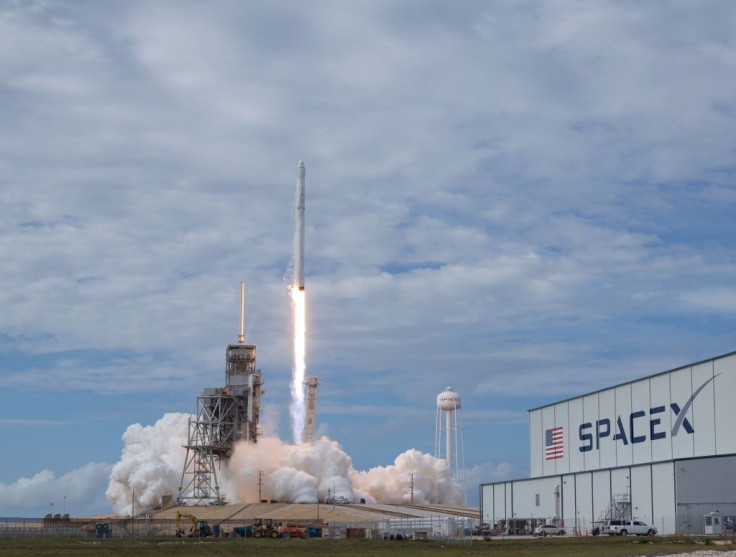NASA News: SpaceX Won't Help Them Land On Moon, Israel Will

NASA needs all the help it can get to be able to return to the moon in five years and regain its dominance in the space industry.
But although many are looking at private companies such as SpaceX to offer some much-needed firepower to bring American astronauts back on the lunar surface, the U.S. space agency might be looking at another country altogether to help gather data for a future moon flight. That country is Israel, which is currently making a significant headway when it comes to moon exploration.
According to Space.com, NASA might “piggyback” its experiment on an Israeli moon lander to help them prepare for lunar touchdowns in future moon missions. The Israeli lander Beresheet made a successful launch from Earth via the SpaceX Falcon 9 rocket and has since been orbiting Earth since Feb. 21.
Beresheet is a joint project of the nonprofit SpaceIL and the company Israel Aerospace Industries. If all goes well, it will be launched into lunar orbit by April 4 and make its lunar touch down on April 11. If successful, Beresheet will be the first privately-funded space mission to land on the moon.
Onboard the Beresheet is NASA’s laser retro-reflector array made of eight mirrors composed of quartz cube corners in a dome-shaped aluminum frame. This instrument can be found on top of the lander so once it successfully makes a lunar landing, NASA’s Lunar Reconnaissance Orbiter can launch a laser altimeter at it to pinpoint the Beresheet’s location.
This laser dotting using the retro-reflectors could serve as permanent "fiducial markers" on the moon and can be used by the space agency to make precision landings for future lunar missions.
"This is an experiment to determine feasibility, and it will be possible to continue to make measurements to the array for an indefinite time, or as long as the Lunar Orbiter Laser Altimeter instrument on LRO continues to operate, which is approaching 10 years in June 2019," David Smith, of the Massachusetts Institute of Technology, the principal investigator for LOLA and an emeritus researcher at NASA Goddard in Maryland, said.
Aside from this, the lander will also measure local magnetic fields and conduct other scientific work in the future. Beresheet is one of the major milestones in Israel’s space program and is the nation’s way of inspiring young students to be excited in a career in science, engineering and math. It also carries a “lunar library” that aims to safeguard human knowledge outside the Earth.
© Copyright IBTimes 2025. All rights reserved.





















